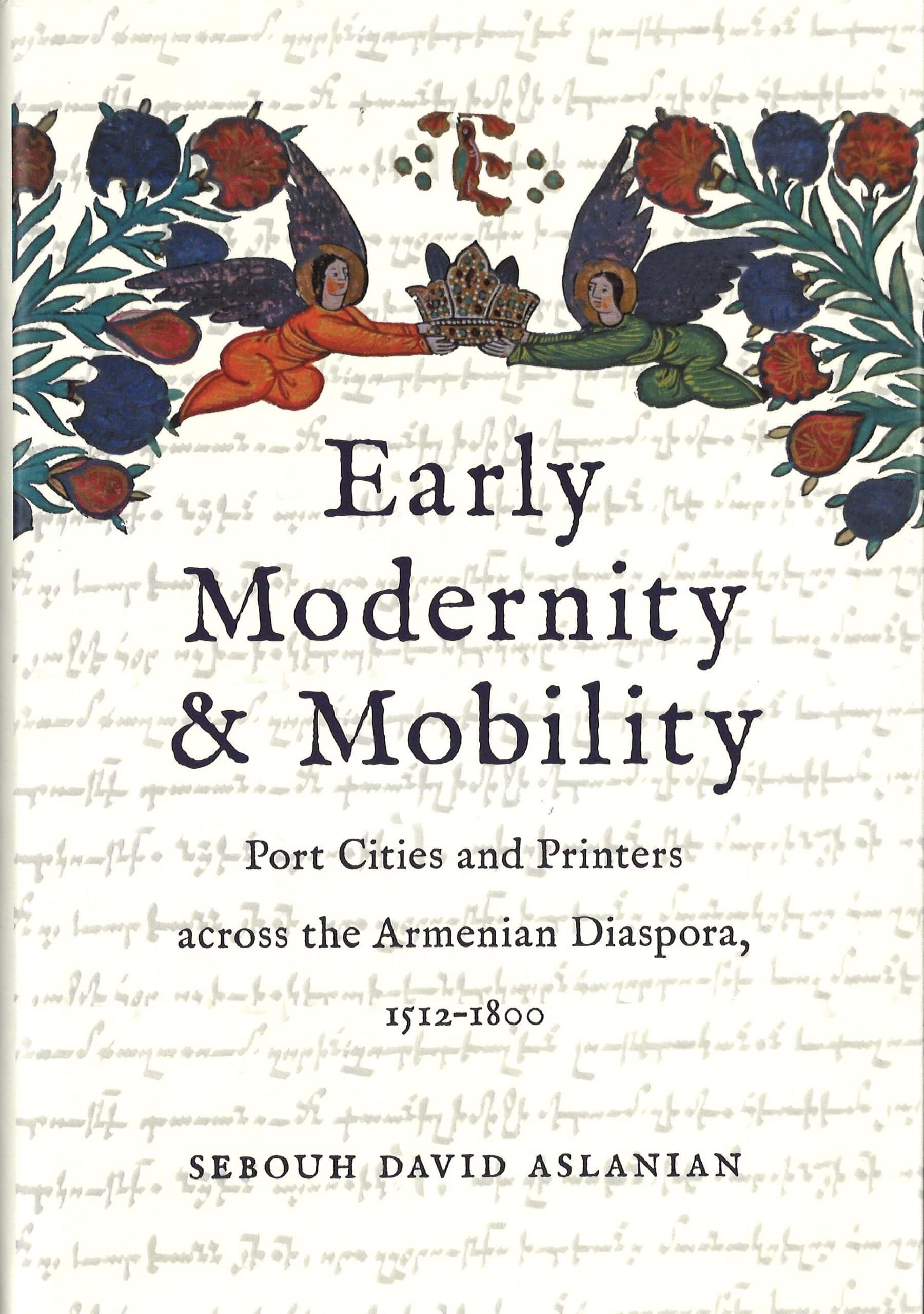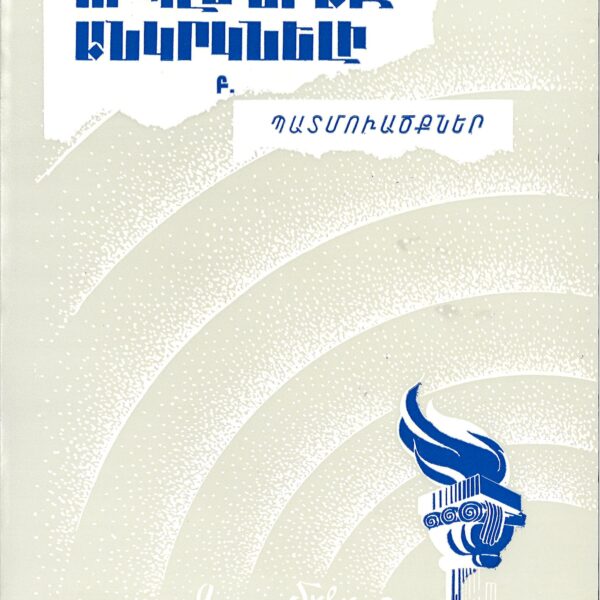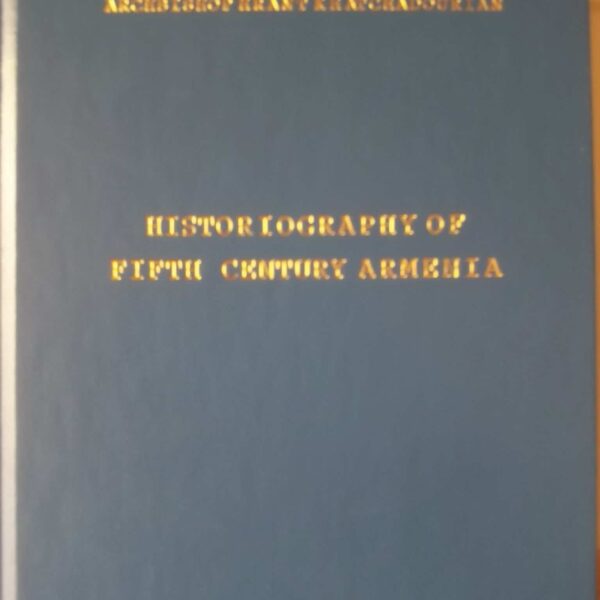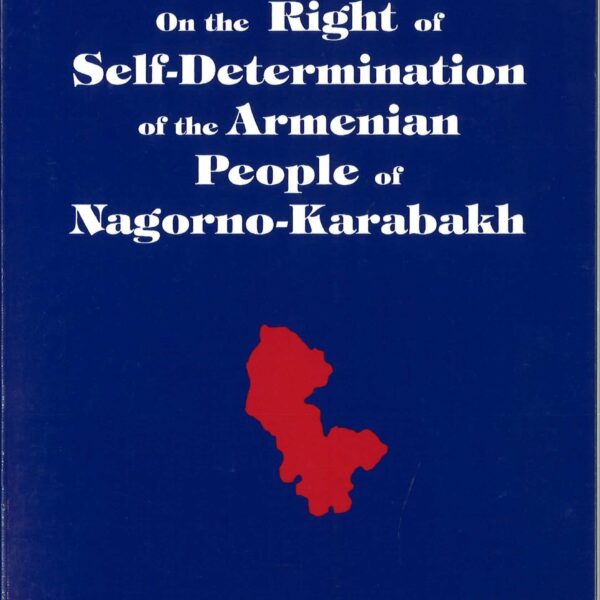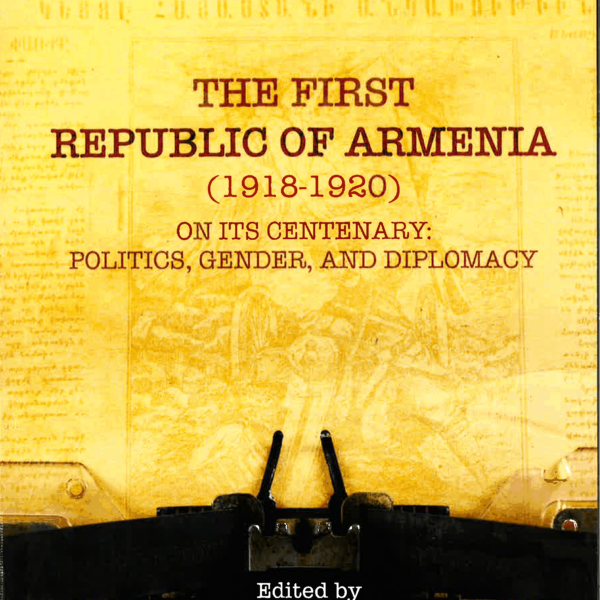Early Modernity and Mobility explores the disparate yet connected histories of Armenian printing establishments in early modern Europe and Asia. From 1512, when the first Armenian printed codex appeared in Venice, to the end of the early modern period in 1800, Armenian presses operated in nineteen locations across the diaspora. Linking far-flung locations in Amsterdam, Livorno, Marseille, Saint Petersburg, and Astrakhan to New Julfa, Madras, and Calcutta, they published a thousand editions with more than half a million printed volumes in Armenian script.
Drawing on extensive archival research, historian Sebouh David Aslanian explores why certain books were published at certain times, how books were sold across the diaspora, who read them, and how the printed word helped fashion a new collective identity for early modern Armenians. In examining the Armenian print tradition Aslanian tells a larger story about the making of the diaspora itself. Arguing that “confessionalism” and the hardening of boundaries between the Armenian and Roman churches was the “driving engine” of Armenian book history, Aslanian makes a revisionist contribution to the early modern origins of Armenian nationalism.

